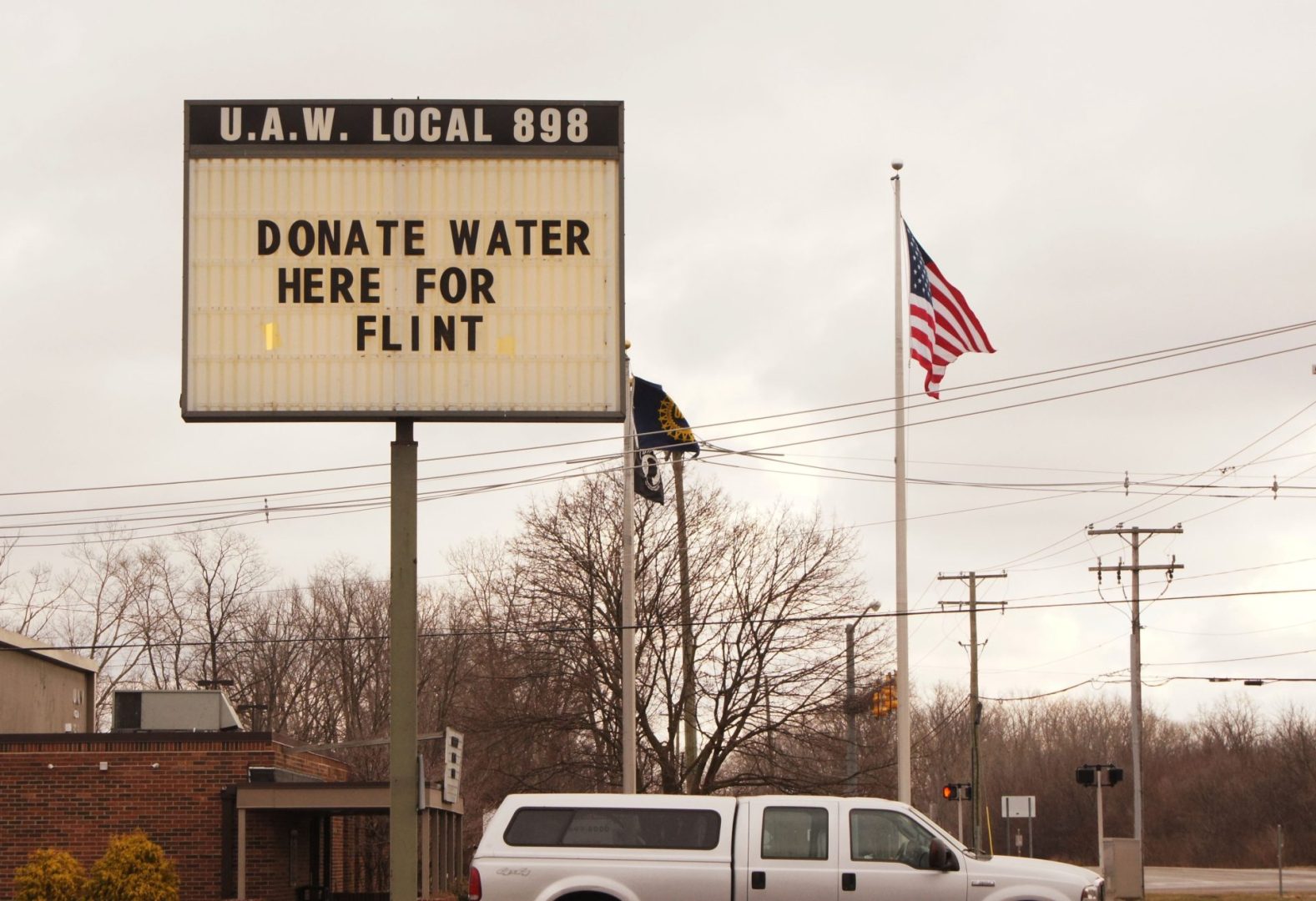In April 2014, Flint, Michigan, made a controversial decision to switch its water supply from the clean waters of Lake Huron to the polluted Flint River. This cost-cutting measure led to disastrous consequences, including severe corrosion of the city’s aging water pipes and widespread lead contamination. Nearly 10 years later, many residents still grapple with the aftermath, as clean drinking water remains elusive for some.
The impact of contaminated water
For over 18 months, Flint residents were unknowingly exposed to dangerously high levels of lead and bacteria in their water. This public health crisis was exacerbated by an outbreak of Legionnaires’ Disease, a severe form of pneumonia that tragically claimed the lives of dozens of individuals. The situation was dire, and it took until January 2016 for a state of emergency to be declared in Flint.
In February 2016, the U.S. Department of Health and Human Services allocated $500,000 to two health centers in Flint to address the health issues stemming from the contaminated water supply. Despite these efforts, the crisis highlighted systemic failures and inequities in environmental protection, particularly affecting communities of color.
Lead contamination levels
Water samples taken during the crisis revealed lead levels in Flint’s water supply that were nearly 1,000 times the EPA’s action level. This shocking statistic underscores the severity of the contamination and the urgent need for intervention. Following the crisis, Flint’s water source was switched back to Lake Huron, and significant investments were made to replace corroded pipes and improve water quality.
The State of Michigan has invested over $350 million into these efforts. While officials claim that Flint’s water quality has met federal safety standards for the past eight years, many residents remain skeptical and continue to avoid drinking tap water.
Environmental racism and advocacy
The Flint water crisis has become a symbol of environmental racism, as highlighted by a report from the Flint Advisory Task Force. The report noted that Flint residents, predominantly Black and among the most impoverished in the U.S., did not receive the same protections from environmental hazards as other communities. This stark reality has fueled advocacy efforts, particularly among youth activists.
Little Miss Flint: A voice for change
One of the most prominent figures to emerge from the crisis is Mari Copeny, known as “Little Miss Flint.” At just six years old, she became a vocal advocate for the children affected by the water crisis. Now 17, Copeny reflects on the lasting impact of the crisis, stating, “An entire generation of kids that don’t know what it’s like to not worry about the water poisoning them.” Her activism has brought national attention to the ongoing struggles faced by Flint residents.
Legal battles and settlements
In response to the crisis, numerous class-action lawsuits were filed, with a significant settlement of $600 million approved in 2020 by a county judge. However, as of 2024, residents have yet to receive any compensation from this landmark litigation. In a separate case, a $25 million settlement was reached with engineering firm Lockwood, Andrews and Newman, which was found partially responsible for the inadequate water testing protocols that exacerbated the contamination.
Progress and ongoing challenges
Since the crisis, Flint has made strides in replacing corroded pipes, with a legal agreement mandating the completion of this work. However, as of 2024, nearly 2,000 homes still lack access to lead-free water. A federal court has found Flint in contempt for failing to meet replacement milestones, and the State of Michigan has stepped in to oversee the process, promising completion by August 2025.
The Flint water crisis serves as a stark reminder of the systemic issues of environmental racism and the ongoing struggles faced by marginalized communities. As the city continues to fight for clean water, the resilience and advocacy of its residents remain a beacon of hope for change.
In conclusion, the Flint water crisis is not just a local issue; it is a national concern that highlights the need for equitable environmental policies and protections for all communities. The fight for justice and clean water continues, and it is imperative that we listen to the voices of those affected.















